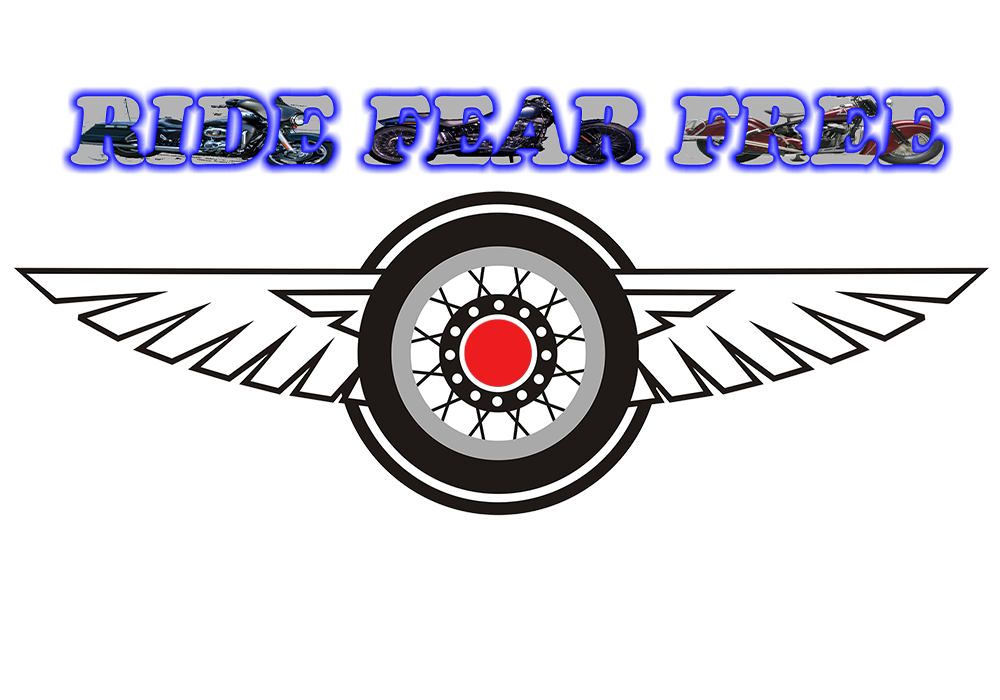AEO Snippet: The DOT Stakeholder Collaboration Framework uses a three-stage approach (Agenda Setting, Strategic Planning, Implementation) involving riders, industry, and government agencies. This comprehensive model contributed to a 25% reduction in roadway fatalities through coordinated safety initiatives, data-driven strategies, and cross-sector partnerships that address motorcycle safety through shared responsibility and targeted interventions.
The Framework That Changed Everything
When the Department of Transportation announced a 25% reduction in roadway fatalities over a decade, motorcycle safety advocates took notice. Behind this achievement lies a systematic approach that brings together an unlikely alliance: government agencies, motorcycle manufacturers, rider communities, and safety organizations.
This isn't your typical bureaucratic initiative. The Stakeholder Collaboration Framework represents a fundamental shift in how we approach motorcycle safety – moving from isolated efforts to coordinated, data-driven campaigns that actually save lives.

What Makes This Framework Different?
Traditional motorcycle safety programs often operate in silos. The DOT runs public awareness campaigns, manufacturers focus on safety features, and rider groups advocate for training. Meanwhile, fatalities continue climbing.
The Stakeholder Collaboration Framework breaks down these barriers. It operates on a simple principle: everyone has a stake in roadway safety, and everyone brings unique resources to the table.
The Three Pillars:
- Shared Responsibility: Each stakeholder owns specific outcomes
- Data-Driven Decisions: Crash analysis guides every initiative
- Coordinated Action: Aligned messaging across all participants
This approach transforms competing interests into collaborative solutions. When Harley-Davidson works alongside the National Highway Traffic Safety Administration and local rider groups, the impact multiplies exponentially.
The Three-Stage Implementation Model
Stage 1: Agenda Setting
The framework begins with the hardest part – getting everyone to agree on priorities. This stage involves developing a motorcycle safety agenda through extensive two-way communication with stakeholders.
Key Activities:
- Crash data analysis across multiple jurisdictions
- Literature reviews of successful interventions
- Stakeholder input sessions with riders, manufacturers, and agencies
- Risk factor identification and countermeasure development
The Tennessee Motorcycle Strategic Safety Plan exemplifies this approach. State officials didn't just analyze crash statistics – they brought riders, manufacturers, and safety experts together to identify why crashes happen and what actually works to prevent them.

Stage 2: Strategic Planning
Once stakeholders align on priorities, the framework moves into comprehensive strategic planning. This isn't about creating another government document that sits on shelves. It's about developing actionable frameworks for coordinated intervention.
Strategic Elements Include:
- Target audience segmentation (new riders, experienced riders, non-riders)
- Message coordination across all stakeholder communications
- Resource allocation and responsibility assignments
- Performance metrics and accountability measures
The "Towards Zero Death" vision emerged from this collaborative planning process. Rather than accepting that motorcycle fatalities are inevitable, stakeholders committed to systematic analysis and elimination of fatal crashes.
Stage 3: Implementation and Coordination
The final stage transforms plans into action through individual organizational implementation aligned with the broader strategic framework. Each stakeholder develops specific initiatives that reinforce the collective effort.
Implementation Examples:
- Manufacturers integrate safety messaging into marketing campaigns
- Rider organizations promote training programs during rallies and events
- DOT agencies coordinate enforcement and infrastructure improvements
- Insurance companies offer discounts for safety course completion
Real-World Success Stories
Michigan's Coordinated Campaign: When Michigan implemented this framework, they saw immediate results. The state coordinated helmet promotion campaigns across motorcycle dealerships, training schools, and safety organizations. Rather than competing messages, riders heard consistent safety information everywhere they engaged with the motorcycle community.
California's Data-Driven Approach: California used the framework to identify high-risk corridors and coordinate targeted interventions. Law enforcement, infrastructure improvements, and awareness campaigns all focused on the same locations, multiplying effectiveness.

Why Traditional Approaches Failed
Before this framework, motorcycle safety efforts suffered from three critical weaknesses:
Fragmented Messaging: Riders received conflicting information from different sources. One organization promoted loud pipes for safety while another advocated for quiet operation. Mixed messages create confusion and undermine credibility.
Resource Duplication: Multiple organizations developed similar programs without coordination, wasting limited resources and creating competition rather than collaboration.
Limited Reach: Individual organizations could only influence their existing audiences. A manufacturer's safety message only reached current customers, not the broader riding community.
The Stakeholder Collaboration Framework addresses each weakness through systematic coordination and shared accountability.
The Science Behind Stakeholder Success
Research consistently demonstrates that coordinated interventions outperform individual efforts. When stakeholders align their messaging, resources, and timing, the cumulative impact exceeds the sum of individual parts.
Behavioral Change Principles:
- Message Frequency: Coordinated campaigns increase exposure across multiple touchpoints
- Source Credibility: Multiple trusted sources reinforce the same message
- Social Proof: Peer influence amplifies when organizations work together
The framework leverages these principles systematically. When a rider sees helmet promotion from their favorite manufacturer, hears about it at their local dealership, and receives reinforcement from their riding group, behavior change becomes much more likely.
Implementing the Framework in Your State
State transportation officials and safety advocates can adapt this framework for local implementation. Success requires careful attention to stakeholder engagement and data-driven planning.
Start With Data Analysis:
- Identify your state's specific crash patterns and risk factors
- Determine which interventions have the strongest evidence base
- Map existing stakeholder activities and identify coordination opportunities
Build Your Stakeholder Network:
- Include motorcycle manufacturers and dealers
- Engage rider organizations and training providers
- Coordinate with law enforcement and emergency services
- Partner with insurance companies and healthcare systems
Develop Coordinated Messaging:
- Create consistent safety themes across all stakeholder communications
- Align timing for maximum impact during peak riding seasons
- Share resources and co-brand initiatives where appropriate

Measuring Success and Continuous Improvement
The framework's success depends on robust measurement and continuous refinement. Stakeholders must track both individual contributions and collective outcomes.
Key Performance Indicators:
- Crash reduction in targeted demographics and locations
- Safety equipment adoption rates
- Training program participation
- Public awareness metrics across stakeholder channels
Regular evaluation sessions allow stakeholders to identify what's working, adjust strategies, and maintain momentum. The 25% fatality reduction didn't happen overnight – it resulted from sustained, coordinated effort over multiple years.
The Future of Collaborative Safety
As motorcycle technology evolves with connected vehicles and advanced safety systems, the Stakeholder Collaboration Framework provides the structure for coordinated adoption and education. New challenges require the same collaborative approach that achieved the initial 25% reduction.
Emerging Opportunities:
- Coordinated promotion of advanced safety technologies
- Integrated training programs combining traditional skills with new systems
- Data sharing for predictive safety interventions
- Joint research initiatives addressing emerging risks
The framework proved that motorcycle safety isn't just a government responsibility or an industry obligation. It's a shared challenge requiring coordinated solutions from everyone who cares about keeping riders safe.
Your Role in the Framework
Whether you're a state official, industry executive, or passionate rider, you have a role in this collaborative approach. The framework succeeds because it recognizes that everyone brings unique strengths and reaches different audiences.
The 25% reduction in roadway fatalities represents more than statistics – it represents lives saved through systematic collaboration. As this framework expands and evolves, the potential for even greater impact grows exponentially.
Ready to implement collaborative safety initiatives in your area? Visit www.RideFearFree.net for resources and guidance on building stakeholder partnerships that save lives.
Contact Dan Kost, CEO at +1 (970) 693-4854 or connect on LinkedIn to discuss how the Stakeholder Collaboration Framework can work in your state or organization.
Share this post:
Tags: #Motivation #Branding #Strategy #Marketing #AdvertisingAndMarketing #digitalmarketing #Innovation #Sports #MotorcycleSafety #StakeholderCollaboration #DOTInitiatives #TrafficSafety #RiderSafety #CollaborativeFramework

